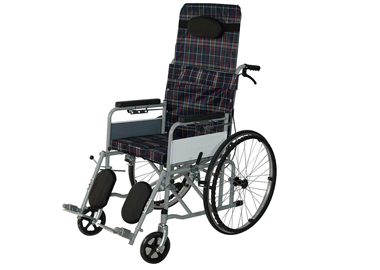Welcome to our websites!
Essential Medical Supplies for Emergency Crash Carts and Trolleys in Critical Care Situations
The Importance of Crash Carts in Emergency Medicine
In the fast-paced world of emergency medicine, every second counts. When a patient’s life hangs in the balance due to cardiac arrest or other medical emergencies, healthcare providers must act swiftly and decisively. One key tool in their arsenal is the crash cart, also known as a crash trolley or emergency cart. This essential piece of equipment is designed to enable rapid access to life-saving medications, tools, and supplies during critical situations.
Understanding Crash Carts
A crash cart is a mobile unit equipped with a variety of medical supplies and equipment necessary for resuscitation and emergency interventions. Typically, the contents of a crash cart include automated external defibrillators (AEDs), oxygen, intravenous (IV) fluids, syringes, intubation kits, and a range of medications such as epinephrine, atropine, and amiodarone. The specific contents can vary depending on the institution and the protocols in place.
Most crash carts are organized in a standardized manner to facilitate quick access. Medications are often color-coded or organized into labeled compartments, and clear signage indicates the location of critical supplies. This organization is crucial, as chaos can ensue during an emergency, and healthcare providers need to find what they need without wasting precious time.
The Role of Medications in Emergency Care
Medications stored in a crash cart play vital roles in resuscitation and stabilization. For example, epinephrine is commonly used in cases of cardiac arrest. It helps to increase heart rate and improve blood flow to vital organs. Similarly, amiodarone is utilized for life-threatening arrhythmias. The swift administration of these medications can mean the difference between life and death.
In addition to resuscitation drugs, the crash cart is stocked with other essential items. For respiratory emergencies, medications like albuterol can alleviate acute asthma attacks. Pain management, as well as sedation options, must also be readily available for procedures or interventions that may be necessary during a crisis.
crash cart trolley medicine

Regular Maintenance and Training
Ensuring that the crash cart is fully stocked and functioning properly is a critical responsibility for healthcare facilities. Regular maintenance checks are crucial to prevent expired medications and ensure that all equipment is operational. A faulty defibrillator or expired drug during an emergency could lead to dire consequences.
Furthermore, training healthcare professionals in the use of the crash cart is paramount. Regular simulations and drills should be conducted to keep staff familiar with the layout and contents of the cart. When medical emergencies arise, providers must not only know what is in the crash cart but also how to use each item effectively. This knowledge can significantly increase the chances of a successful outcome during actual emergencies.
Innovations and Future Directions
As technology continues to evolve, so too does the design and functionality of crash carts. Innovations such as digital inventory management systems can help ensure that stocks are monitored continuously, reducing the risk of shortages or expired medications. Some modern crash carts even integrate with hospital information systems, allowing for real-time updates and tracking of usage.
Moreover, the push for smarter medical devices potentially leads to more compact, multifunctional carts that can streamline emergency responses. These advancements can enhance emergency teams’ ability to provide high-quality care while optimizing efficiency in high-stress situations.
Conclusion
Crash carts are indispensable components of emergency medicine, facilitating swift, effective responses to life-threatening situations. Their importance cannot be overstated, as they house the essential tools and medications that healthcare providers rely on to save lives. Regular maintenance, training, and innovative advancements will continue to enhance the efficacy of these critical medical tools, ensuring that they remain ready for action when seconds count. In the realm of emergency care, the crash cart truly represents a lifeline—one that embodies the dedication and preparedness of those who work tirelessly to protect and save lives.
-
Transforming Healthcare with Hospital FurnitureNewsJun.24,2025
-
Rehabilitation EquipmentNewsJun.24,2025
-
Mobility and Independence with WheelchairsNewsJun.24,2025
-
Freedom of Mobility with Our Rollator WalkersNewsJun.24,2025
-
Comfort and Independence with Commode ChairsNewsJun.24,2025
-
Bathing Safety and Independence with Shower ChairsNewsJun.24,2025
-
Navigating the Wholesale Landscape of Electric Mobility Solutions: Key Considerations for Power Wheelchair DealersNewsJun.10,2025











